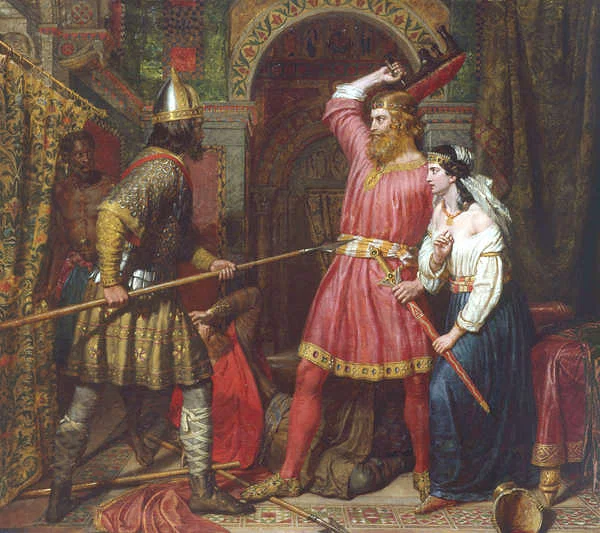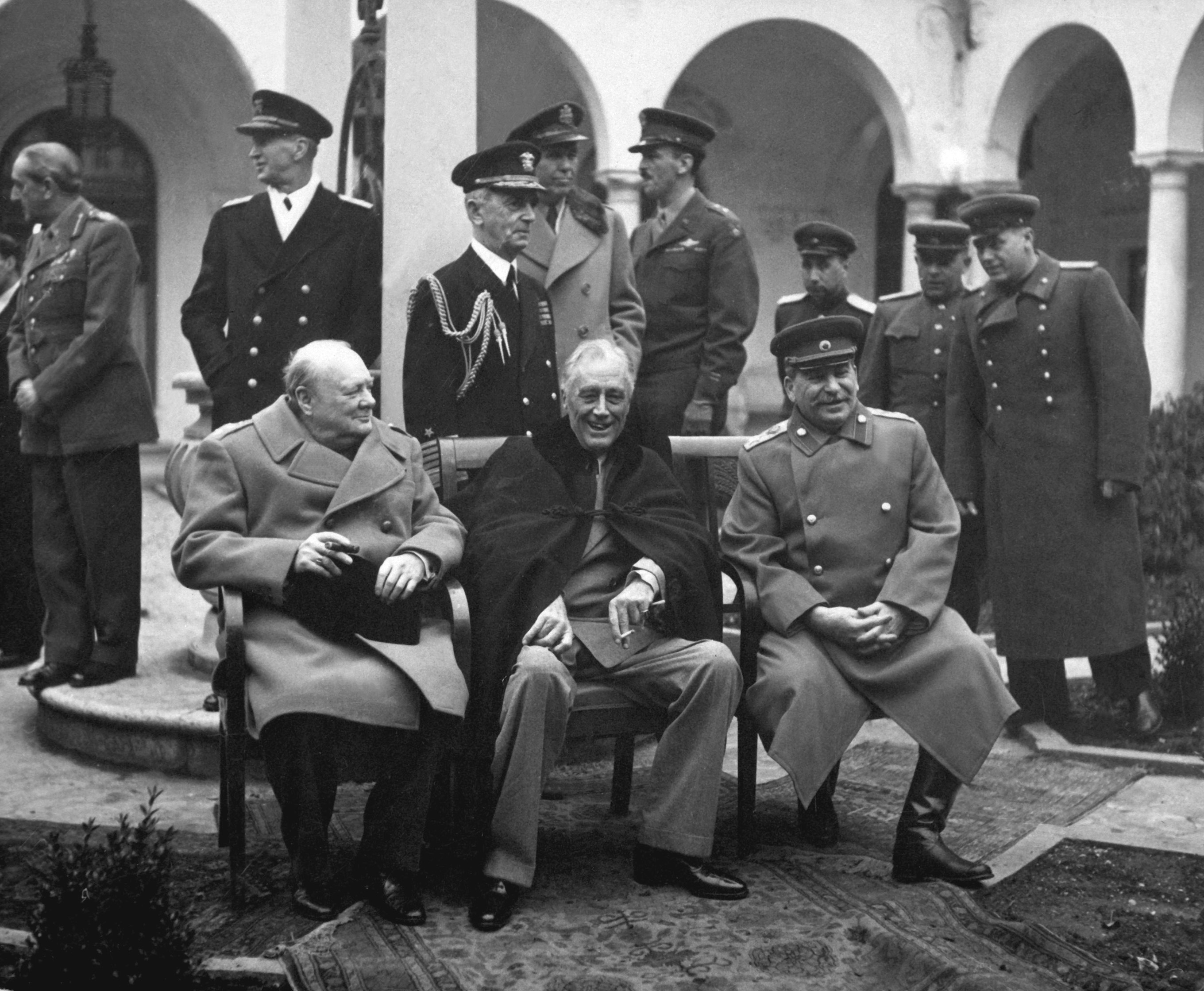The Avars were a confederation of heterogeneous (diverse or varied) people consisting of Rouran, Hephthalites, and Turkic-Oghuric races who migrated to the region of the Pontic Grass Steppe (an area corresponding to modern-day Ukraine, Russia, Kazakhstan) from Central Asia after the fall of the Asiatic Rouran Empire in 552 CE. They are considered by many historians to be the successors of the Huns in their way of life and, especially, mounted warfare. They settled in the Huns’ former territory and almost instantly set upon a course of conquest. After they were hired by the Byzantine Empire to subdue other tribes, their king Bayan I (reigned 562/565-602 CE) allied with the Lombards under Alboin (reigned 560-572 CE) to defeat the Gepids of Pannonia and then took over the region, forcing the Lombards to migrate to Italy.
The Avars eventually succeeded in establishing the Avar Khaganate, which encompassed a territory corresponding roughly to modern-day Austria, Hungary, Romania, Serbia, Bulgaria down to and including parts of Turkey. The departure of the Lombards for Italy in 568 CE removed another hostile people from Pannonia, enabling Bayan I to expand his territories with relative ease and found the empire which lasted until 796 CE, when the Avars were conquered by the Franks under Charlemagne.
Origins & Migration
The precise origin of the Avars (like that of the Huns) is debated, but many historians, such as Christoph Baumer, link them with the Rouran Khaganate of Mongolia, north of China. The first mention of the Avars in Roman history comes from Priscus of Panium in 463 CE, who mentions the Avars in connection with a tribe known as the Sabirs who appear to be a subset of the Huns. The Hunnic Empire which Attila established was in the process of disintegrating at this time (c. 463 CE), beginning with the Hun defeat by Ardaric of the Gepids in 454 CE at the Battle of Nedao.
Following Nedao, other nations that had been subjugated by the Huns rose against them, and the Hunnic Empire was dismantled by 469 CE. Whether the Avars mentioned by Priscus are the same coalition as those who fled Mongolia in 552 CE is debated
Contact with Rome
Justinian I (482-565 CE) received the embassy and agreed to hire them to fight against other troublesome tribes. The Avars performed their duties admirably and expected continued payment from the empire. They wanted their own homeland to settle where they could feel secure from the pursuing Turks. The king of the Avars, Bayan I, tried to lead his people south of the Danube River but was prevented by the Romans. He then led the Avars north but encountered resistance from the Franks under their king Sigebert I. They continued as nomads in the service of Rome until the death of Justinian in 565 CE. Bayan I then turned his attention to Pannonia or, according to other sources, was invited to go there by Justin II to displace the Gepids.
The Lombards under Alboin were already in Pannonia in conflict with the Gepids who controlled most of the region. Bayan I wanted to take the capital city of Sirmium but did not know the region and needed the help of those more familiar with it. He allied himself with Alboin and the Lombards and, in 567 CE, the two armies joined to crush the Gepids between them
Rise of the Avar Empire
Although Sirmium remained untaken, the Avars now controlled most of Pannonia and the Lombards found that the deal they had brokered earlier was an unfortunate one for them. Alboin tried to form an alliance with the Gepids against the Avars by marrying Cunimund’s daughter Rosamund whom he had taken after the battle. It was now too late, though, as the Avars were simply too powerful to contest. In 568 CE, Alboin led his people out of Pannonia to Italy where, in 572 CE, he would be assassinated in a plot hatched by his wife to avenge her father.

The Assassination of Alboin
Under Bayan I’s leadership, the Avars expanded across Pannonia in every direction and, through conquest, enlarged their empire. A number of Slavic people had followed the Avars into Pannonia, and these were now subjects of Avar rule and seemed to be treated with the same lack of regard accorded the Kutrighur soldiers Sinor mentions.
The Avars established their headquarters near Attila’s old capital of a hundred years before and fortified it. It was known as The Ring. Now well established in Pannonia, Bayan fought the Franks of Sigebert again and defeated them in 570. A dozen years later Bayan attacked Byzantine territory and seized the city of Sirmium on the Sava River. He followed this with further campaigns against the Byzantines, the Avars taking Singidunum (Belgrade) and ravaging Moesia until they were defeated near Adrianople in 587.
Avar Conquest
With Sirmium now taken, and operating efficiently from The Ring, Bayan I continued his conquests. They operated in warfare with tactics similar to those used by the Huns a century before. Like the Huns, the Avars were expert horsemen. The stirrup greatly enhanced the already formidable Avar cavalry and made them the most feared and invincible mounted military force since the Huns.
Justin II had begun a war against the Sassanids in 572 CE and, with imperial forces drawn to the east, Bayan I invaded further into Byzantine territories. He demanded higher and even higher tribute and defeated the imperial armies sent against him. It was not until 592 CE, with the conclusion of the empire’s war with the Sassanids, that the emperor Maurice was able to send an army of adequate force against Bayan I. The Avars were driven from the Balkans and back into Pannonia by the imperial troops under the general Priscus, almost to their capital. The Avars would most likely have been destroyed en masse were it not for the insurrection in Constantinople known as Phocas’ Rebellion in 602 CE.
Bayan I was succeeded by his son (whose name is not known) who attempted to carry on his father’s empire. In 626 CE he led a campaign against Constantinople, allied with the Sassanid Empire, in a land and sea attack. The formidable defenses of the Theodosian Walls (built under the reign of Theodosius II, 408-450) repelled the land attack, while the Byzantine fleet defeated the naval assault, sinking many of the Avar ships. The campaign was a complete failure and the surviving Avars returned home to Pannonia.
The Decline of the Avar Empire
The emperor at this time was Heraclius (reigned 610-641 CE), who immediately stopped the payments to the Avars. When Bayan’s son died in 630 CE, the Bulgars of the region rose in revolt and civil war broke out between the Avars and the Bulgars. Although the Avars won this struggle, the conflict was costly and the power of the Avars declined.
When Charlemagne of the Franks rose to power in 768 CE, the Avars were in no position to challenge him. Charlemagne conquered the neighboring Lombards in 774 CE and then moved on the Avars but had to halt his campaign to deal with a revolt by the Saxons. Instead of taking advantage of this reprieve to strengthen their defenses and mobilize, the Avars fought among themselves and the conflict finally broke into open civil war in 794 CE in which the leaders of both factions were killed.
The subordinate authority left in charge offered the remnants of the Avar Empire to Charlemagne, who accepted, but then attacked anyway in 795 CE, taking The Ring easily and carrying off the hoard of Avar treasure. The empire officially ended in 796 CE with the official surrender and, after that date, the Avars were ruled by the Franks. The Avars revolted in 799 CE but were crushed by the Franks by 802/803 CE and, afterwards, merged with other people.
Megathreads and spaces to hang out:
- 📀 Come listen to music and Watch movies with your fellow Hexbears nerd, in Cy.tube
- 🔥 Read and talk about a current topics in the News Megathread
- ⚔ Come talk in the New Weekly PoC thread
- ✨ Talk with fellow Trans comrades in the New Weekly Trans thread
reminders:
- 💚 You nerds can join specific comms to see posts about all sorts of topics
- 💙 Hexbear’s algorithm prioritizes comments over upbears
- 💜 Sorting by new you nerd
- 🌈 If you ever want to make your own megathread, you can reserve a spot here nerd
- 🐶 Join the unofficial Hexbear-adjacent Mastodon instance toots.matapacos.dog
Links To Resources (Aid and Theory):
Aid:
Theory:


Nice.